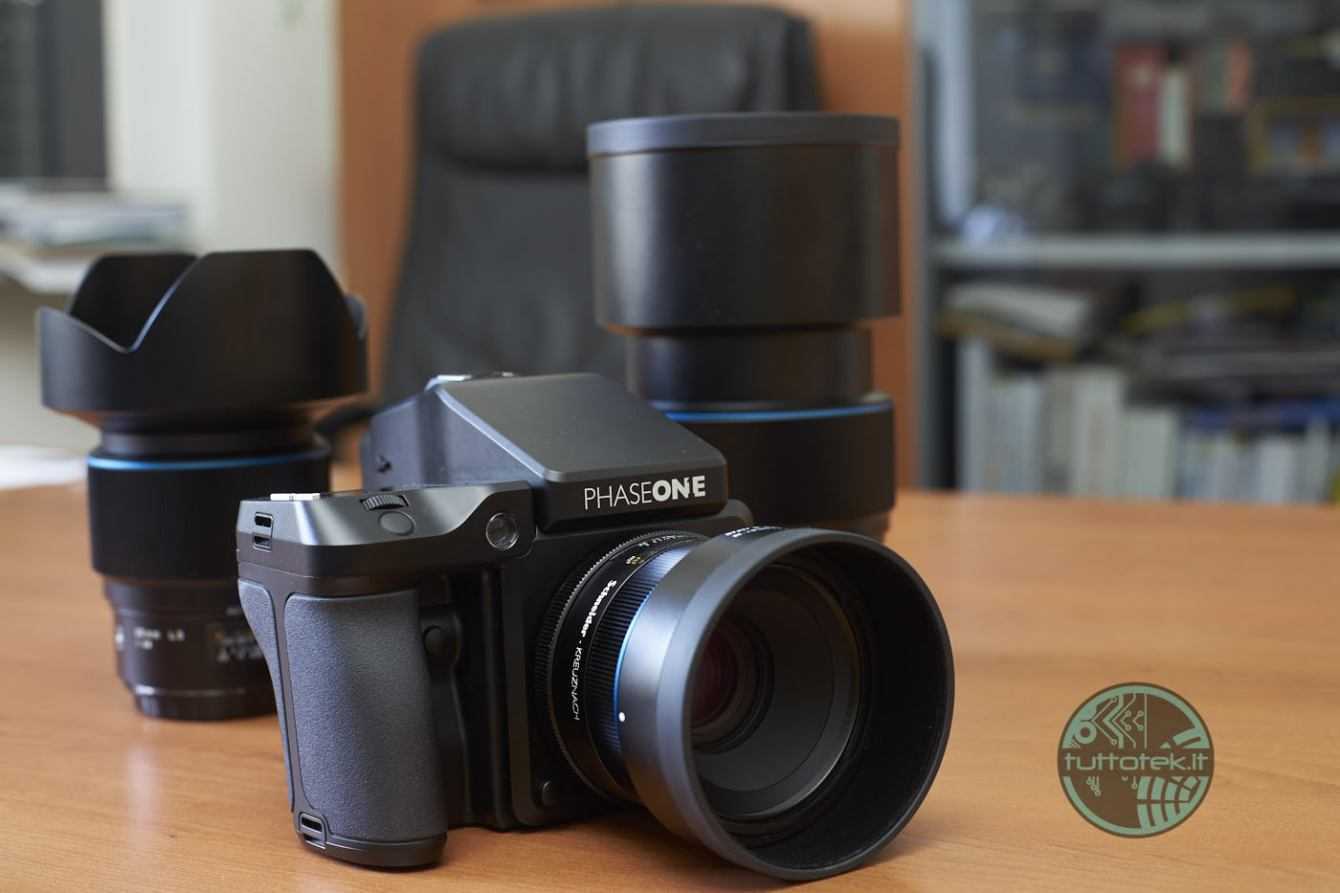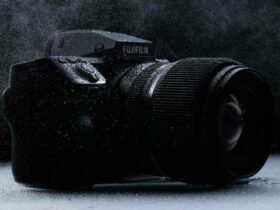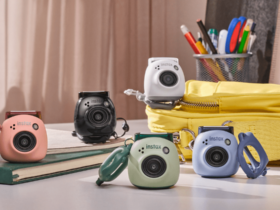Phase One is the leader of the medium format market. This company always strives for the highest quality without any compromise. With Phase One IQ3 Trichromatic 100MP the company offers a very interesting solution, which combined with Phase One XF Blue Ring lenses allows you to take full advantage of the sensor resolution. Clearly this solution is not exactly “cheap”, but will it be worth what it costs? Let’s find out in this review!
Before starting, we need to make a small premise. This car is one medium digital format, with sensor that covers without crop the area framed by analog medium format with a 4: 3 aspect ratio. It is today the best solution for what concerns image quality and resolution in the civil field. The camera body is obviously very heavy, but this is a physical “problem” given the sensor surface and the lenses needed to cover this format. So the weight of the XF system will not be discussed in this review.
Also one must take into account that the system is totally modular so in the course of this review we will evaluate the whole: body + back + viewfinder, and how this works together with the objectives provided. In our review, we used the body Phase One XF, the back IQ3 Trichromatic 100MP and a “classic” viewfinder. The goals we had in the kit are 35 f/3.5 Blue Ring, 80 f/2.8 Blue Ring e 150 f/2.8 Blue Ring. so this review will not only refer to an analysis of the back, but will examine what the XF system offers as a whole with reference to the best the system has to offer as the kit supplied is the top of the Phase One range. Having finished the premise, let’s briefly analyze the technical data sheet of what we had in test.
Phase One IQ3 Trichromatic 100MP: the technical characteristics
Phase One IQ3 Trichromatic 100MP is a medium format camera with a 53.4 mm x 40.1 mm 101 megapixels sensor produced since 2017. The sensitivity range is 35 – 12800 ISO.
- Format sensor: 53.4mm x 40.1mm (4: 3 aspect ratio)
- Resolution: 101 megapixel
- ISO sensitivity: 35 – 12800
- File formats: RAW
- Shutter times: 60 minutes – 1/4000 second
- Exposure Compensation: +/- 5 stops in 1/3 steps
- Exposure mode: M, S, A, P
- Types of light meters: Multi-Area, Weighted, Spot
- Mount: Phase One XF
- Stabilization: No, there is a seismograph
- Autofocus (n. Aree AF): 1, with AFr, to recompose without losing the maf point
- Live View: And
- Anti-dust: and
- Video mode: no
- WiFi: And
- GPS: No
- USB: 3.0
- Touchscreen: And
- Display: LCD
- Viewfinder: and
- Built-in flash: No
- Memory: CF
- Shutter: Mechanical + electronic + central on lens
- Battery: Li-Ion
Phase One XF: camera body and back
Phase One XF is the latest release from the Danish company’s digital back camera bodies. This latest concept model offers a very wide range of functions. Let’s start with order.
Meanwhile, the XF body can be combined with different Phase One backs:
- IQ3 in the 100MP Tricromatic, 100MP 80 mpx and 50 mpx versions
- IQ2 100MP Achromatic
- IQ1 100MP e 50mpx
These backs are different solutions that offer gods sensori CMOS that can be combined with various bodies, not just Phase One. The XF body supports all these backs and therefore allows a wide choice to the consumer who wants to then take a back to match according to their specific needs. Having said that let’s move on to a more careful analysis of the XF body.
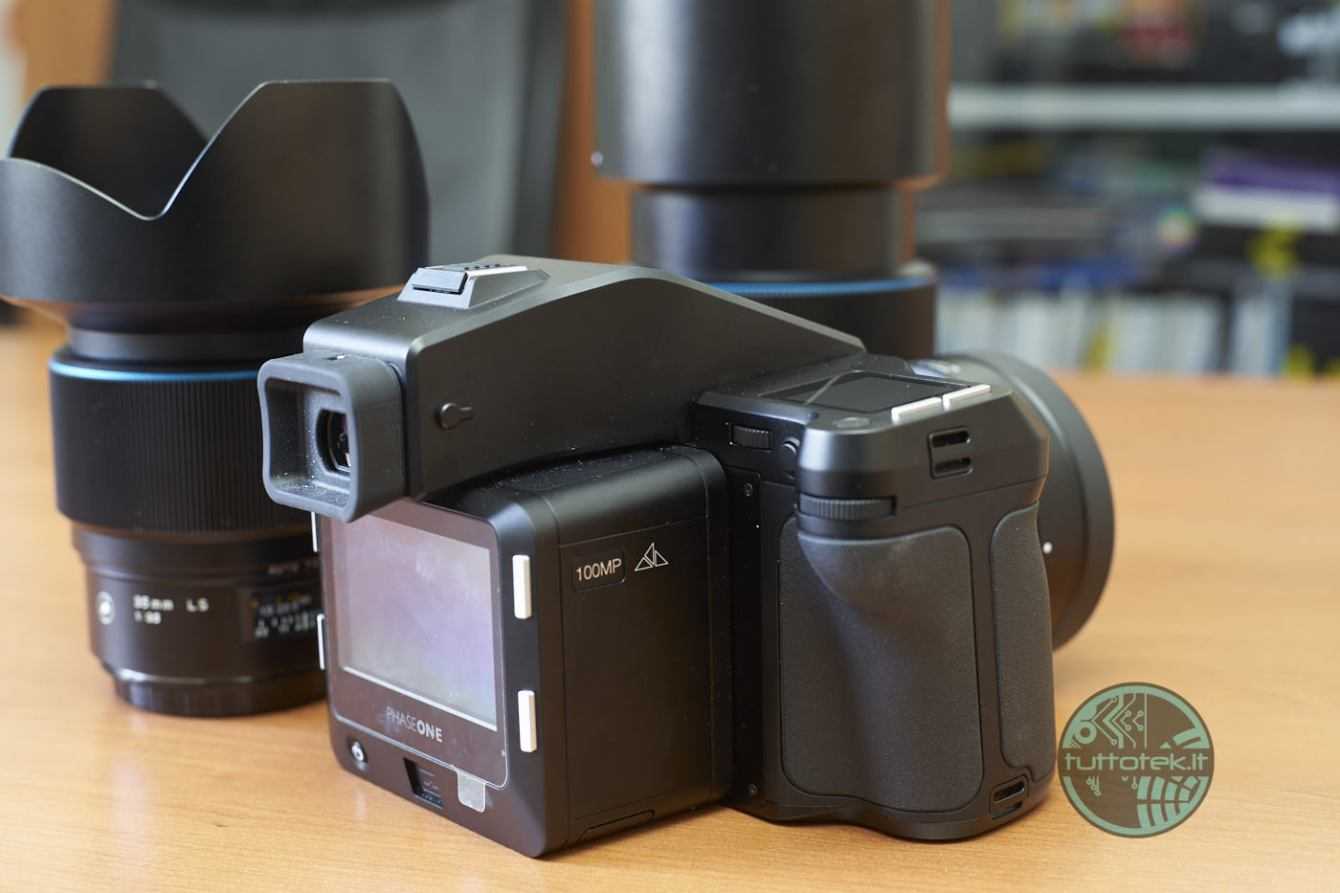
XF body in combination with the 100MP tricromatic back
It is a camera body aesthetically very simple, offers few (but functional) physical buttons and three dials. Land dials control the exposure triad (ISO-Times-Aperture), and the gray buttons allow you to move through the menus. There are also various configurable keys to which you can assign specific options, as well as the classic shutter button and the one to mount / dismount the lenses. A product therefore essential as physical controls which however offers complete touch control. The shoulder screen is in fact touch, and allows you to configure the various options with a hybrid touch + dials approach. You can scroll by touch in the menu to configure everything and use the unique features of this body.
But what are these characteristics? For the layman there is an aura of mystery around this, on the Phase One website we find little information about it, even if it would be enough to ask to get all the relevant information! In fact, the Danish company was very helpful with us, and a representative of the same guided us by telephone in the knowledge of every technical aspect of the body. In fact, the initial fear of such an expensive and complex paper turned out to be totally unfounded: much more simple to use of the various Full Frame cameras that we have had the opportunity to review and then use in our private. Body menus are essential and exactly where we expect them. But let’s take a step back, what are the features that this body offers?
The Seismograph
in our opinion, this is the most interesting feature. The historical problem of any digital system is that of unwanted blur / micro-blur which tends to appear almost everywhere on very resolute sensors. To remedy this, the manufacturers have thought of the most disparate solutions by operating stabilization on the optics (introducing problems of misalignment of the moving optical group), on the sensors (with a sensor that rests on a mobile base, with some perplexity about the solidity of the sensor base. ) and even a hybrid approach with double stabilization. These systems aim to have a still image with even lower times than the safety one. We even talk about different stops.
However, this type of approach is not feasible on a medium format sensor, and furthermore, in a system that aims at the highest image quality, uncertainties would be introduced that are in many ways inadmissible. Especially on 100MP. For this reason Phase One has integrated a seismograph. The operation is conceptually very simple: in a fixed interval of time the camera monitors the movements of the photographer, when it detects the slightest movement it clicks. This, unlike the optical or sensor-based stabilizer, does not try to guess the movement, but simply waits for the movement itself not to be there. This is a feature that in addition to being useful freehand is also useful on a tripod. The camera will shoot at the optimum instant and thus allows you to record as much information as possible.
Clearly this does not allow to recover stops under the safety time, but to have photos with times just lower than the safety time, and perfect images in the studio with relatively slow times on a tripod without problems of body vibrations due to the activation of the button. shooting. Clear that the advantage in our case is as small as possible (and therefore in part reduced the effect of the seismograph) since 100MP is really a lot. It is however satisfying to note that even with times that are not too fast, perfect photos full of information are brought home. In our opinion, the seismograph of this machine is really an interesting option, certainly a feature that we hope to see also from other manufacturers.
Time Lapse functionality
This is now a fairly common feature among modern cameras. Phase One XF integrates its own version carefully designed to work in sync with the medium format sensor. Conceptually it is very simple. In the meantime, the function can be accessed both from the menu and by simply scrolling to the right. In this application we can configure the number of shots, the time interval between two poses and the time between pressing the shutter button and starting the sequence. Easier to use than to explain, we show you an explanatory video in English:
Clearly, to make the most of this feature you need to use a suitable support like the one you see in the video, otherwise the result will not live up to expectations! The chain always breaks due to the weakest link!
Flash analysis tools
This tools is aimed primarily at professionals who carry out a large part of their work in the studio. It is a tool that indicates how the flash light impacted the photo, and consequently how to correct any imperfections. According to Phase One it is a tool designed to have the best in studio shots. We also leave you a short explanatory video here:
Profoto Air Remote
It is a tools of remote management of lights, with control of up to 6 different lights! To use this option you need a compatible option!
HDR Tools
This is in our opinion the best implementation we’ve seen of HDR management to date. It is a tools with an extremely simple interface. We can select the number of exposures (up to 7) and the difference in exposure between the poses, with a minimum of 0.3 ev between the poses. All manageable comfortably from the 3 body rings.
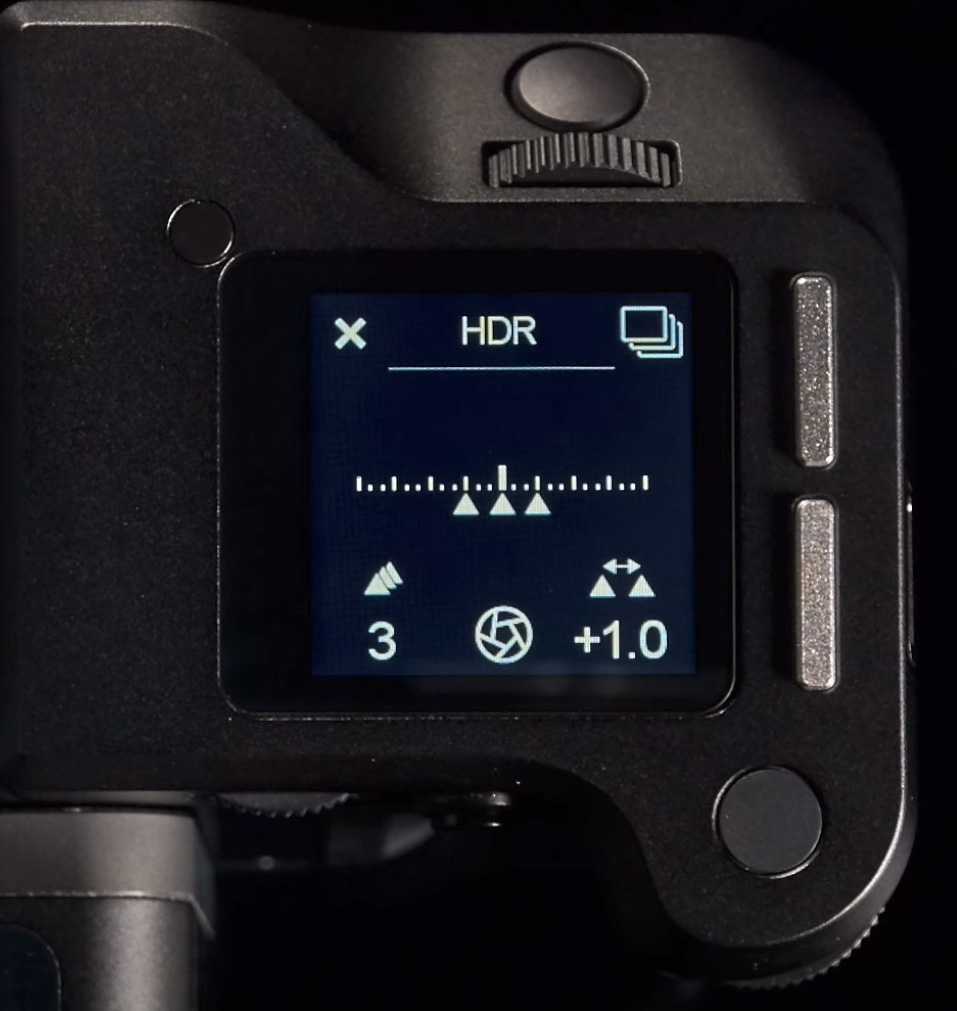
HDR tools del corpo Phase One XF
Focus Stack Tools
It is a tools that, as the title suggests, allows you to capture a series of images that differ in a different focus. Everything is managed by the software from the machine and it is possible to select the number of total exposures over and the distance between the closest point and the farthest point. The machine, based on the number of exposures, will select where to focus for the best yield. We also leave you here for a small explanatory video!
These are the main features offered by this camera body, all very useful and with a really easy to use interface. Each of these functions can be inserted in the quick menu of 4 commands present. In addition, the touch and the dials can be activated / deactivated at will to avoid making a mistake.
The impression is, however, that of a software capable of being precisely sewn on the user of the machine since it is customizable in every aspect. Interface and body therefore fully promoted in terms of functionality, even if only one aspect left us perplexed for a moment, namely the mirror movement cushioning system.
But we will talk about this later in the review.
Il dorso di Phase One IQ3 Trichromatic 100MP
As mentioned in the previous paragraph, the Phase One XF body can be fitted with different backs with different features and functions. In our case we tested the top of the range back, the new IQ3 trichromatic 100MP. Let’s briefly see its technical characteristics:
- ISO base: 35
- Maximum ISO: 12800
- Dynamic range: 15 f-stop
- Maximum shutter speed: 60 minutes
- Sensor type: CMOS
- Mounting options: XF
- XF power share: and
- 16 bit Opticolor+: and
- Electronic shutter: and
- Sensor size: 53.4 x 40.1
- Pixel number: 11608 x 8708
- Pixel size (microns): 4.6 x 4.6
- Maximum print size 300dpi: 98.3 x 73 cm
- Maximum print size 600dpi: 49.1 x 36.9 cm
- Display: touch 3.2″
- Wifi: si 802.11 n
- Connectivity: Usb 3,…






